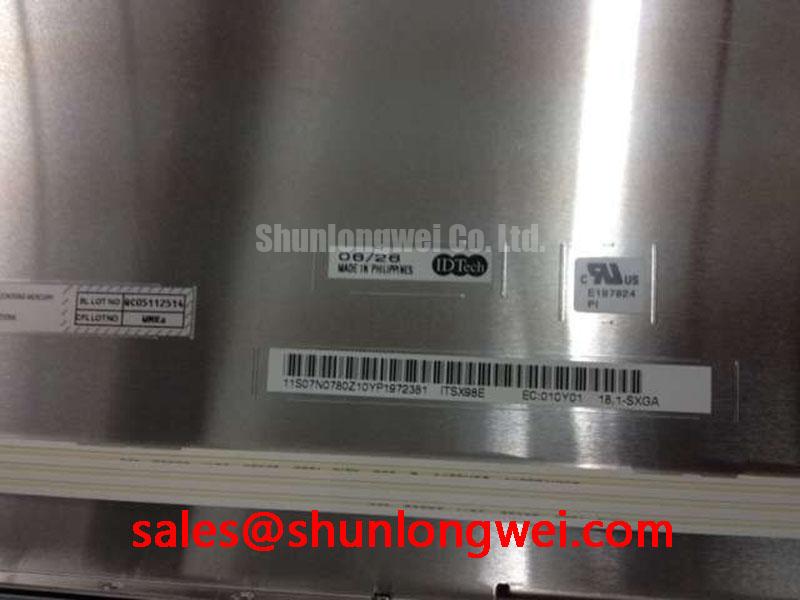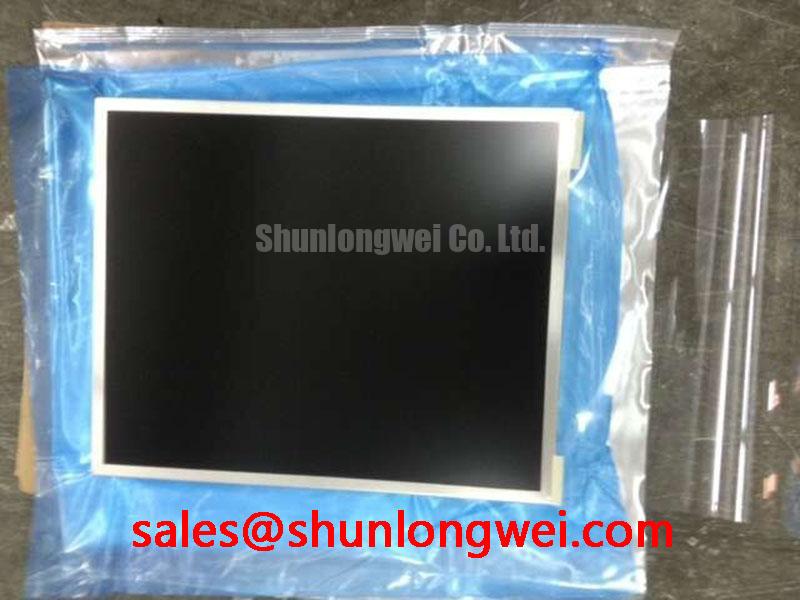ITSX98N | High-Efficiency 1200V IGBT Power Integrated Module
The ITSX98N is a highly integrated Power Integrated Module (PIM) engineered for developers of high-reliability, compact power conversion systems. By combining a three-phase inverter bridge, a rectifier bridge, and a brake chopper with an NTC thermistor into a single, thermally efficient package, this module provides a robust foundation for building cost-effective and powerful motor drives, solar inverters, and industrial power supplies.
- Voltage and Current Rating: 1200V / 50A, providing substantial headroom for industrial-grade applications.
- Advanced Chip Technology: Utilizes a proven trench-gate field-stop IGBT structure, delivering an optimized balance between low conduction losses (VCE(sat)) and minimal switching losses.
- High Integration (PIM): Simplifies system design, reduces component count, minimizes stray inductance, and enhances overall reliability compared to discrete solutions.
- Superior Thermal Performance: Features an integrated NTC thermistor for precise temperature monitoring and a low thermal resistance package for efficient heat dissipation.
Key Electrical and Thermal Parameters
The following specifications represent the core performance characteristics of the ITSX98N, enabling precise system modeling and thermal management. For complete characterization curves and application notes, you can Download the ITSX98N Datasheet.
| Parameter | Value |
|---|---|
| Collector-Emitter Voltage (V_CES) | 1200 V |
| Continuous Collector Current (I_C) @ T_c=80°C | 50 A |
| Collector-Emitter Saturation Voltage (V_CE(sat)) @ I_C=50A, T_j=125°C | 1.85 V (Typ.) |
| Thermal Resistance, Junction-to-Case (R_th(j-c)) per IGBT | 0.35 °C/W |
| Short-Circuit Withstand Time (t_sc) | 10 µs |
| Isolation Voltage (V_isol) | 2500 V (AC, 1 min) |
Application Scenarios & Engineering Value
The ITSX98N is not just a component; it's a solution engineered to solve specific challenges in modern power electronics. Its architecture delivers tangible benefits across several key applications.
- Variable Frequency Drives (VFDs): In motor control, the high level of integration within the ITSX98N is a game-changer. It drastically reduces assembly time and simplifies the PCB layout. The built-in brake chopper provides an out-of-the-box solution for managing regenerative energy during motor deceleration, a critical function in applications like elevators and cranes. The module's robust Safe Operating Area (SOA) ensures reliability under demanding load conditions.
- Solar Inverters: Efficiency is paramount in renewable energy. The ITSX98N's low VCE(sat) minimizes conduction losses, directly contributing to higher energy harvest over the inverter's lifetime. Its excellent thermal stability, monitored by the NTC, allows for smaller heatsinks and more compact inverter designs, reducing the overall system cost.
- Welding Power Supplies: Welding applications subject components to extreme current pulses and potential short-circuit events. The guaranteed 10µs short-circuit withstand time of the ITSX98N provides the necessary ruggedness to survive these harsh operating conditions, preventing catastrophic failures and extending equipment life.
Designer's FAQ for the ITSX98N Module
Drawing from our experience, here are answers to common questions that arise during the design-in phase.
1. What are the ideal gate drive conditions for this module?
For optimal performance and to ensure maximum noise immunity, we recommend a gate drive voltage of +15V for turn-on and a negative voltage between -5V and -15V for turn-off. Using a negative gate voltage is a best practice that provides a strong defense against parasitic turn-on caused by the Miller effect (dv/dt), especially in noisy industrial environments. A robust gate drive design is fundamental to preventing common IGBT failure modes.
2. How does the integrated NTC thermistor improve system protection?
The integrated NTC thermistor offers a direct, real-time measurement of the module's baseplate temperature. This feedback is far more accurate than an external sensor placed on the heatsink. Your system controller can use this data to implement precise over-temperature protection (OTP), shutting the system down before damage occurs. Furthermore, it enables intelligent thermal management, where the system can dynamically de-rate its output power if it approaches a thermal limit, ensuring continuous operation at a safe level rather than a hard shutdown. For complex thermal modeling or design-in support, please contact our technical team.






